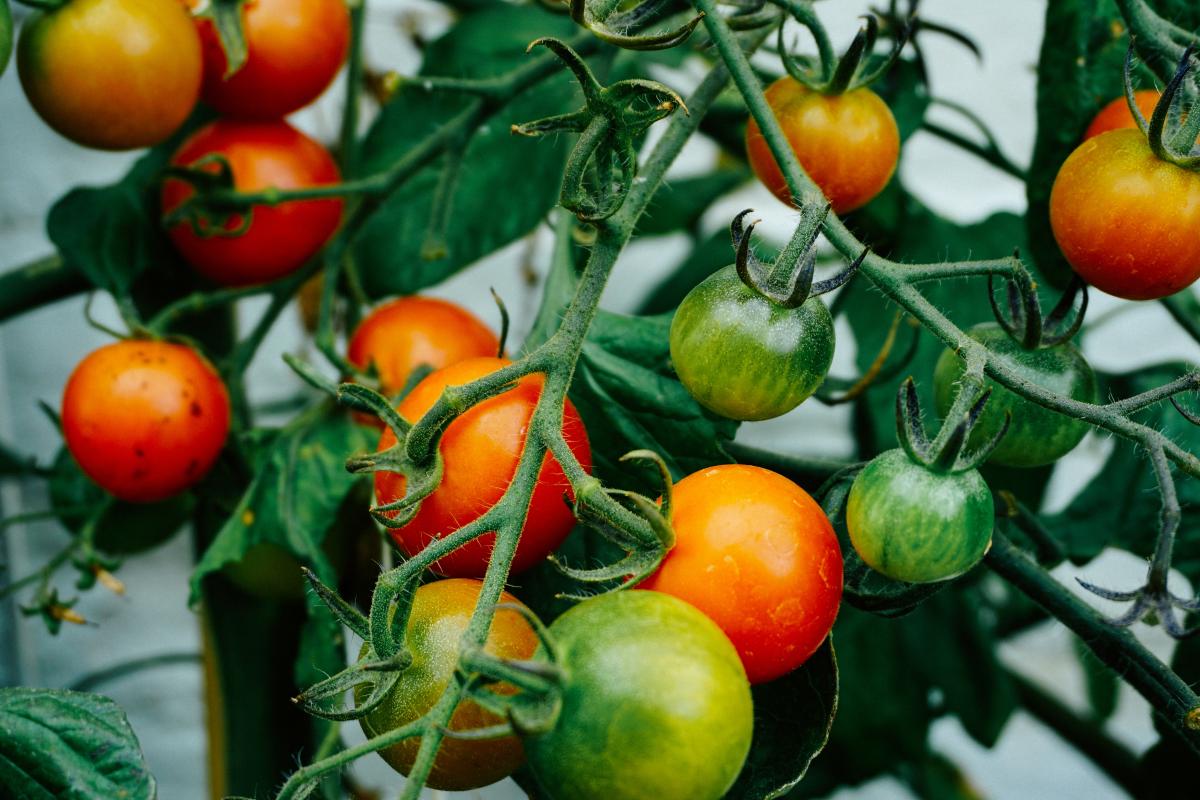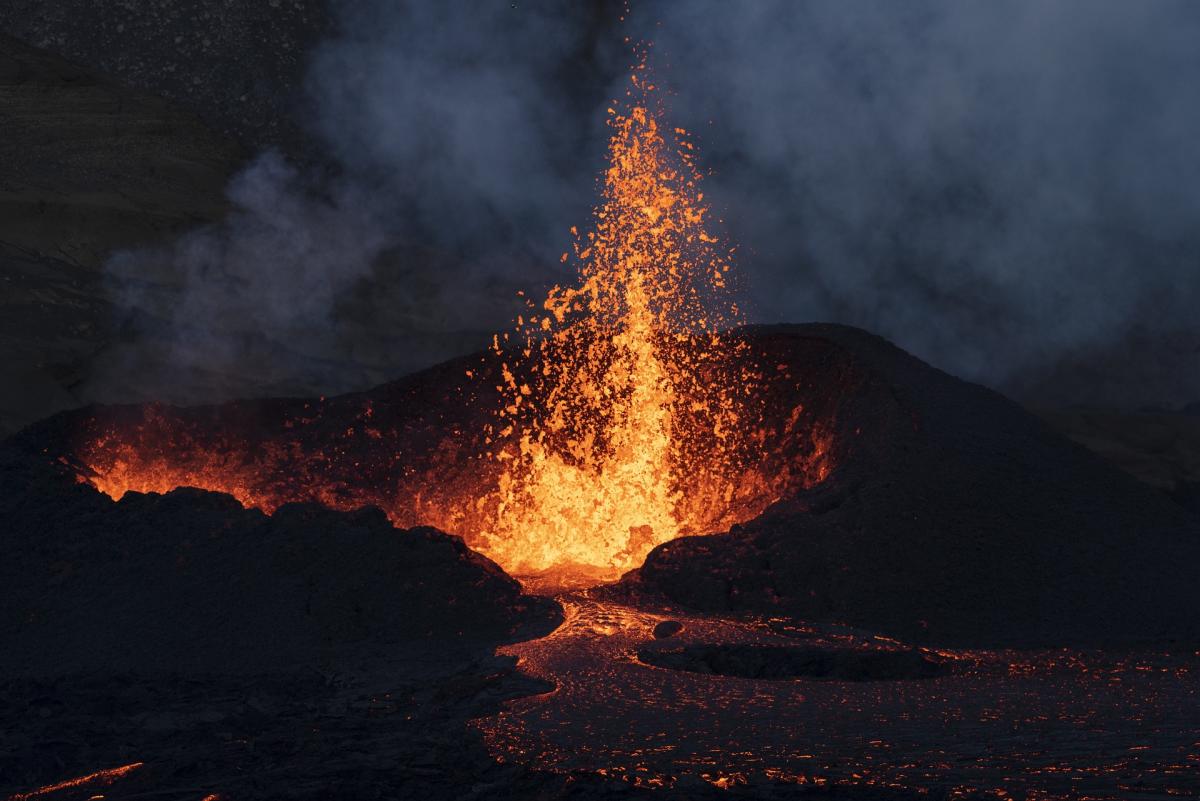
Students will continue from their research and start an investigation to help with their solution. They will first learn about compost and what it does. They will then develop and investigation and

Students will continue from their research and start an investigation to help with their solution. They will first learn about compost and what it does. They will then develop and investigation and

In this investigation students will explore how vibrating matter creates sound and how sound can make matter vibrate.

In this lesson on "Friction Fires and Its Associated Phenomena" the objectives are as follows: Students will be able to explain the process of friction fire, including the materials and techniques

In 5th grade Social Studies we learn about the American Revolution and study evidence of Espionage used by the Patriots to win the Revolution. Prior to the activity students will read a variety of

Students use color theory, write recipes, and use an iterative design process to create a natural dye.

This lesson plan provides material for two 90-minute periods. Day one provides guided opportunities to explore chemical equations and day two consists of 10 hands-on stations practicing and applying

Students will be reading an article and answering questions on Solar Panels to help them complete their model of how the solar panel converts the sun's energy into electricity,.

In this lesson students will be able to make their own slime using chemistry and chemical reactions then use their slime as a model for fractions while reading a short story called, "Slimey is Half."

This Lesson Plan demonstrates how sound waves work. It also helps kids work with their peers and expand their understanding of how sound waves can cause vibrations which can cause matter to move